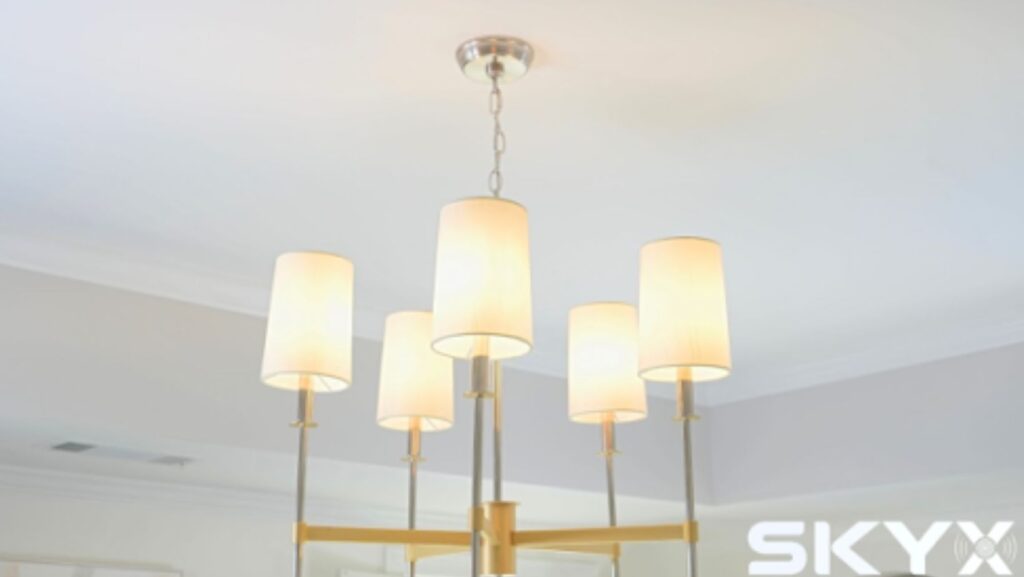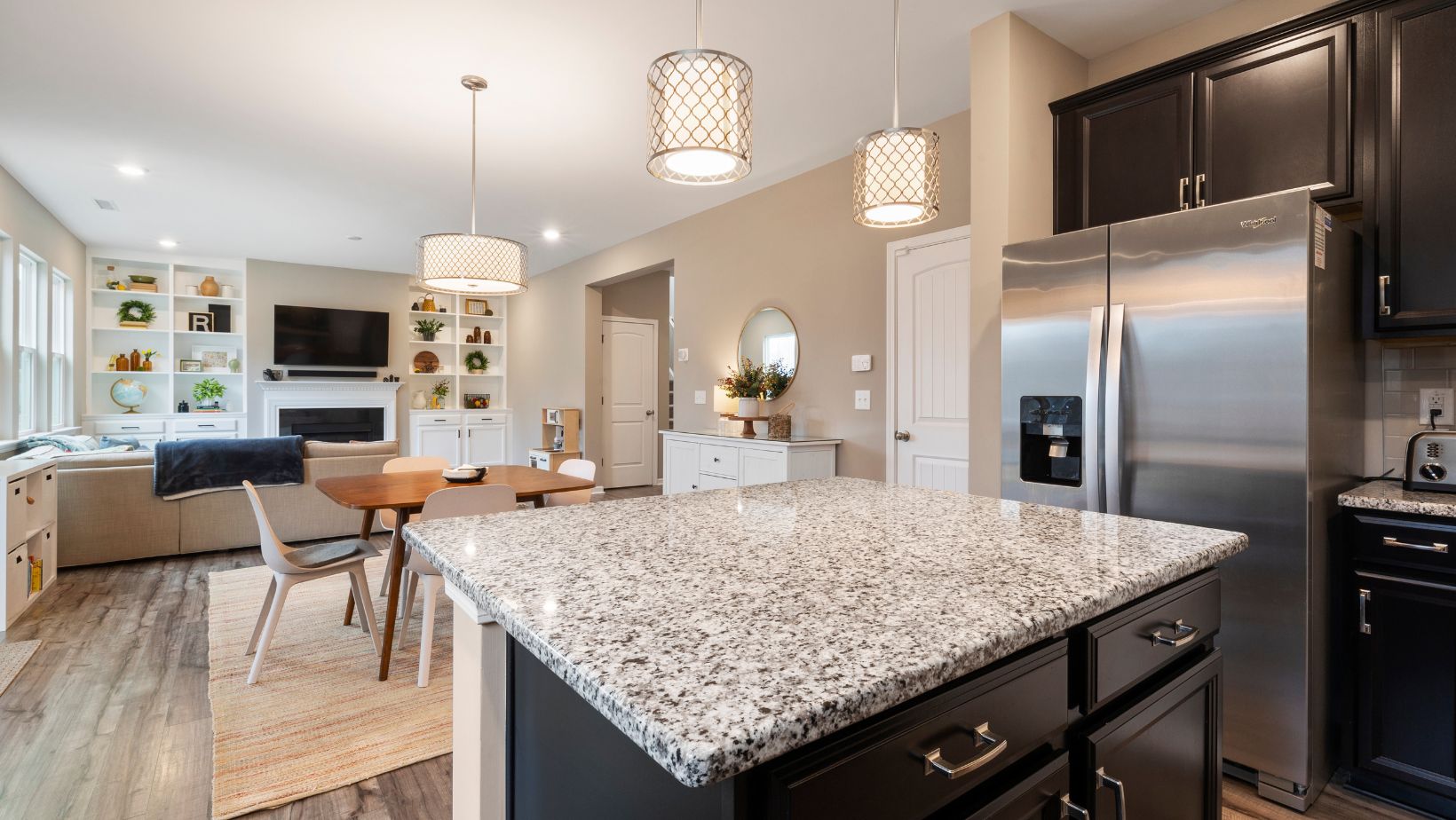Many people think setting up smart home lighting is hard and expensive. They worry about tricky installations or paying experts lots of money. But there’s good news! You can easily set up wireless lighting controls for seamless home automation, says TXC Management team. This modern approach lets you make your home smart and responsive without spending too much or dealing with messy wires.
Wireless lighting controls have many good points. They help save energy, make your home safer, and are very handy to use. When picking a system, think about your home’s size, the devices you already have, and what you want your lights to do. Look for options that fit your needs and your budget.
However, setting up wireless lighting control requires a step-by-step guide and the right method. In this article, I explain all the important steps and share helpful tips. If you want to learn how to make your home lighting smart, keep reading.
Understanding Wireless Lighting Systems
Before we start setting things up, let’s talk about what wireless lighting systems are and how they work. These smart lights use special signals, like the ones your phone or Wi-Fi use, to talk to each other. This means you can turn your lights on or off or even set them to change at certain times, all without touching a switch. You don’t need to put lots of new wires in your walls. This makes wireless lights much easier to set up than old-fashioned lights. You can put them almost anywhere in your house without a fuss.
Benefits of Wireless Lighting Controls
Wireless lighting controls make your life easier and your home smarter. Let’s look at some of the great things these smart lights can do for you.
- Convenience: Control your lights from anywhere using your smartphone or voice commands.
- Energy Savings: Automatically turn off lights when not in use or dim them to reduce energy consumption.
- Enhanced Security: Make it look like someone is home even when you’re not there.
- Customization: Set the perfect ambiance for any occasion with adjustable brightness and color options.
- Scalability: Easily add new devices to your system as your needs change.
Choosing the Right System
When selecting a wireless lighting system, consider the following factors:
- Compatibility with your existing smart home devices
- The size of your home and the number of lights you want to control
- Your budget
- The level of functionality you desire (basic on/off control vs. advanced features like color changing and scheduling)
Popular options include Philips Hue, Lutron Caseta, and LIFX, among others. Each system has its strengths, so research thoroughly to find the best fit for your needs.
Step-by-Step Setup Guide
Setting up wireless lighting for seamless automation doesn’t have to be hard. We’ll walk you through each step to make it easy. Follow this guide, and you’ll have your smart lighting system up and running in no time.
Plan Your Layout
Before purchasing any equipment, map out your home and decide which lights you want to control wirelessly. Consider high-traffic areas, outdoor spaces, and rooms where you spend the most time.
Install the Hub
Most wireless lighting systems require a central hub that connects to your home’s Wi-Fi network. This hub acts as the brain of your system, facilitating communication between your smartphone and the light bulbs or switches.
- Choose a central location for your hub to ensure good signal strength throughout your home.
- Connect the hub to your router using an Ethernet cable.
- Power on the hub and follow the manufacturer’s instructions to set it up.
Replace Bulbs or Install Smart Switches
Depending on your chosen system, you’ll either replace your existing bulbs with smart bulbs or install smart switches.
For smart bulbs:
- Remove your old bulbs and screw in the new smart bulbs.
- Turn on the power to the light fixtures.
For smart switches:
- Turn off the power at the circuit breaker.
- Remove the old switch and install the new smart switch according to the manufacturer’s instructions.
- Restore power at the circuit breaker.
Set Up the App
Download your system’s corresponding app on your smartphone or tablet. Follow the app’s instructions to:
- Create an account
- Connect to your hub
- Add your new smart bulbs or switches to the system
Configure Your Lights
Once your lights are added to the app, you can start customizing their settings:
- Name each light or group of lights for easy identification
- Set up rooms or zones for grouped control
- Create schedules for automatic on/off times
- Configure scenes for different moods or activities
Integrate with Other Smart Home Devices
To truly achieve wireless lighting for energy automation, consider integrating your lighting system with other smart home devices:
- Connect to smart speakers for voice control
- Link to smart sensors to trigger lights based on motion or occupancy
- Integrate with your smart thermostat for comprehensive energy management
Tips for Optimal Performance
Now that you’ve set up your smart lights let’s make sure they work their best. These tips will help your wireless lighting system run smoothly and do more for you.
- Ensure your Wi-Fi network has good coverage throughout your home.
- Regularly update your system’s firmware and app for the latest features and security patches.
- Use mesh Wi-Fi systems if you have a large home to maintain strong signals for all devices.
- Experiment with different scenes and schedules to find what works best for your lifestyle.
- Consider using smart plugs to incorporate lamps and other non-hardwired lighting into your system.
Troubleshooting Common Issues
- If a bulb or switch isn’t responding, try turning it off and on again at the power source.
- Ensure your hub is placed away from potential sources of interference like microwaves or cordless phones.
- If you’re experiencing connectivity issues, try resetting your hub or reinstalling the app.
- For persistent problems, consult your system’s support resources or community forums.
Conclusion
Setting up wireless lighting controls for seamless home automation may seem difficult at first, but with careful planning and the right system, it can be a straightforward and rewarding process. The convenience, energy savings, and enhanced living experience make it well worth the effort. Start small if you’re unsure, and gradually expand your system as you become more comfortable with the technology. Before you know it, you’ll wonder how you ever lived without the magic of automated, wireless lighting in your home.




More Stories
Alexousa104: A Comprehensive Overview
Compact Gadgets for Small Apartments: When Every Square Meter Counts
Why DIY Drying Can Make Water Damage Worse